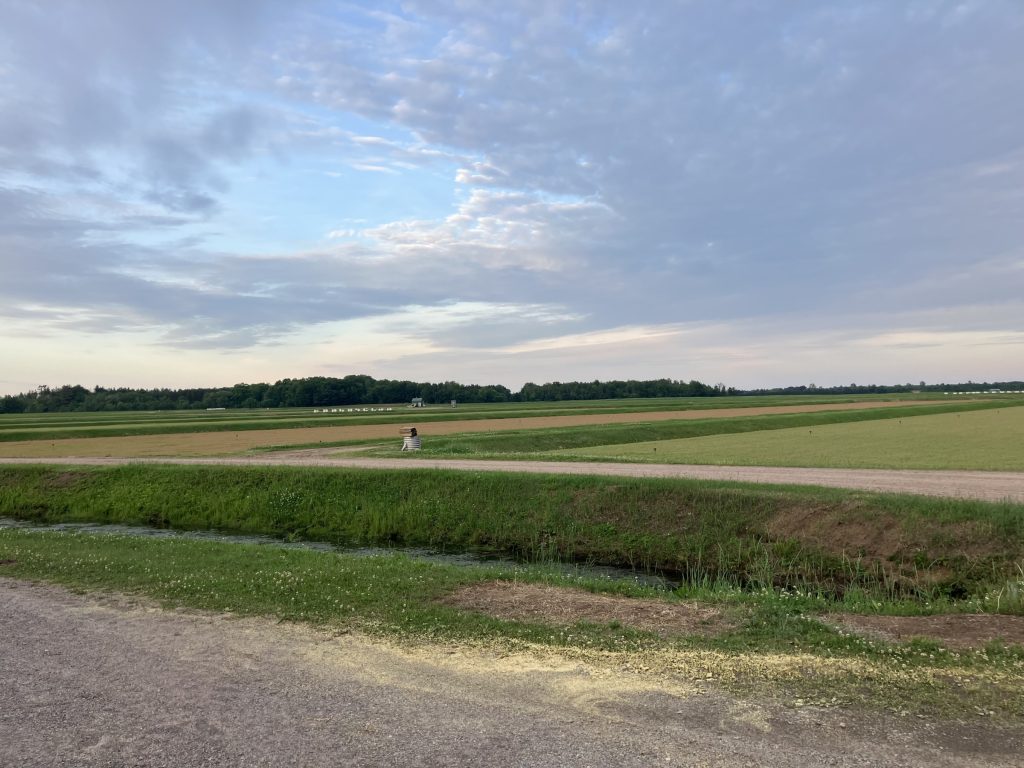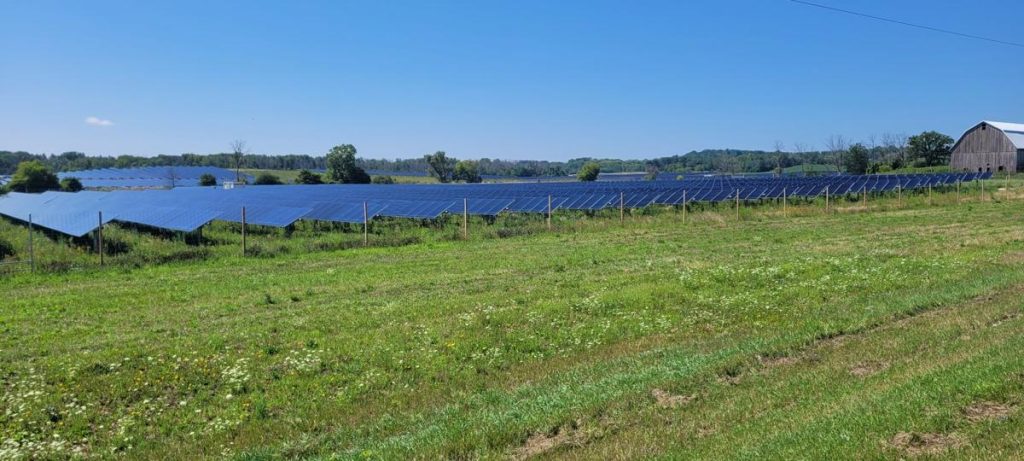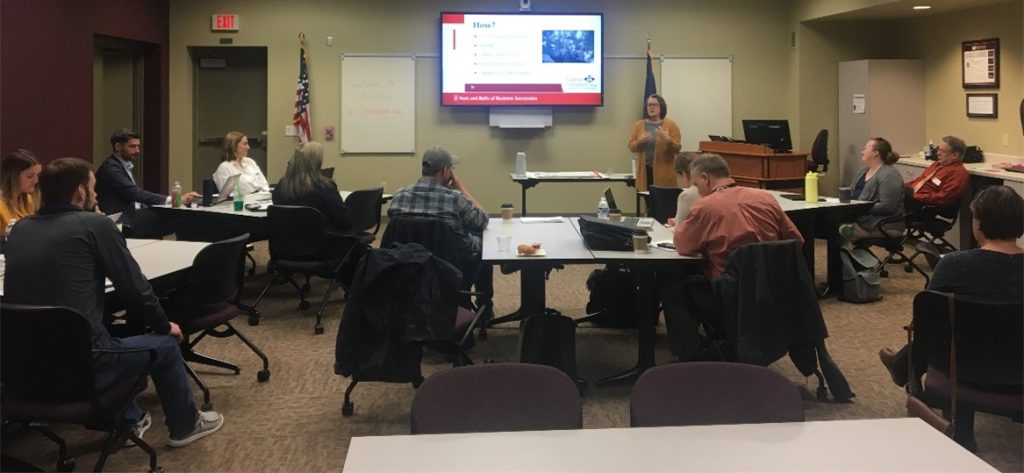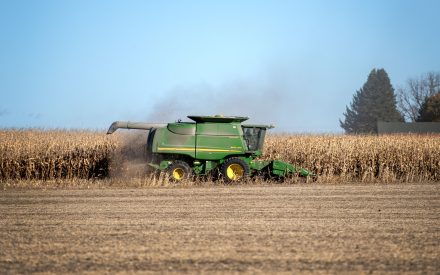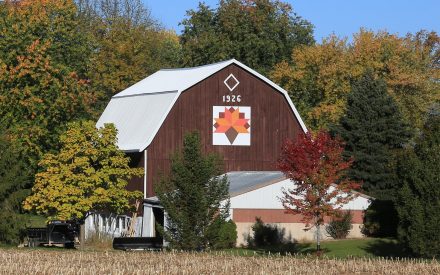
Community Economic Development
The Community Economic Development program promotes local economic well-being and quality of life in Wisconsin communities. We work with and support community economic development practitioners and organizations, tribal and governmental entities, and business and nonprofit organizations and help gain access to the information, research, education, and technical assistance necessary to make informed decisions.
Sign Up for Our Newsletter & Follow Us on Social Media
Topics
Featured Events

Agritourism Business Development Training
Series begins in January 2026
Agritourism is a growing sector and an option for diversifying a farm’s revenue. This training assists farmers in Southwestern Wisconsin to develop a business concept, assess business feasibility, and navigate regulations.

Connecting Entrepreneurial Communities Conference
May 13-15, 2026
Designed to strengthen rural Wisconsin’s entrepreneurial ecosystem, this conference brings together local leaders, business owners, and innovators and explores new ways to grow and sustain thriving local economies.

Pursuit of Place
Summit
June 23 – 25, 2026
An immersive, hands-on conference designed for Placemakers. Participants can expect engaging sessions, immersive tours, and opportunities to collaborate on the future of placemaking.
Program Updates
Latest Work
County News
Wisconsin’s Second Connecting Entrepreneurial Communities Conference Builds Momentum for Rural Entrepreneurship
The Rural Wisconsin Entrepreneurship Initiative hosted its second statewide conference about rural entrepreneurship, this year in Wisconsin Rapids on June 16-18.
Local Coalitions in Five Counties Begin New Rural Entrepreneurship Program
Coalitions in five counties are partnering up with UW–Madison Extension on a new effort to engage rural entrepreneurs and strengthen community connection. As part of a grant-funded program from Compeer Financial, Extension is providing coaching and guidance for local groups to spur sustained entrepreneurship. The groups selected for this program recently moved into a phase to implement best practices and procedures for economic growth.
Immigration Legal Symposium Addresses Pressing Questions About Work in Wisconsin
Since the 1990s, Wisconsin’s foreign-born population has been growing. In 2017, 5% of Wisconsin’s population was foreign-born, half of which are naturalized U.S. citizens (American Immigration Council). Additionally, 6,935 migrant workers were recorded by the Wisconsin Department of Workforce Development in 2022.
Community Centered Solar Development Engagement in Portage County
As the result of a rapid transformation to renewable energy production across the U.S., the development of large-scale solar development is newly emerging in communities across the country. Wisconsin communities are no exception to this, and the siting and development of large-scale solar in the state is primarily seen on agricultural lands.
Community-Centered Solar Development Engagement in Portage County
Over fall 2023 – spring 2024, Extension took part in a research project, “Community-Centered Solar Development”, to design, execute, and document a process for inclusive, participatory, community-engaged planning for successfully siting community-centered large-scale solar development (CCSD) in Portage County. The following document is a final report to Portage County which includes the findings from our research and engagement process and outlines leverage points for community members and local government in the siting and development of large-scale solar projects.
Cultivating “Homegrown” Businesses
On April 29 and 30 UW-Madison Division of Extension hosted a training program called Homegrown in Wood County. The training, held at Mid-State Technical College in Wisconsin Rapids, focused on how participants can build and sustain a thriving “entrepreneurial ecosystem” in Wood County and Central Wisconsin.
In the News
Recent Publications
Do Local Fiscal Decisions Impact Economic Growth: The Case of Wisconsin
This study revisits how local fiscal policies, specifically taxing and expenditures, affect economic growth. Using a panel (1990–2020) of Wisconsin general-purpose governments, we estimate a fixed effects variable parameter model and find that taxes have a dampening effect on the growth rate in income prior to the Great Recession but a positive effect over recent years. We also find that the impact of taxes on growth varies across community income levels. For lower income places taxes have a dampening effect on growth, but a positive effect in higher income areas. The results suggest that the impact of fiscal policies on economic growth vary over time and income levels. As such, blanket statements that high taxes harm the business climate and hence economic growth are generally not supported by the research.
Women farmers and community well-being under modeling uncertainty
We examine the association between woman farmers and community well-being using U.S. county-level data. We address modeling uncertainty around three measures of community well-being by using a spatial Bayesian model averaging approach and find that a higher share of farms operated or owned by women in a county is associated with higher rates of new business formation, longer life expectancies, and lower poverty rates. The results are consistent with a growing literature that finds women business owners approach their businesses more holistically, with positive community spillovers.
The Impact of Fiscal Rules on Local Debt: Credit Ratings, Borrowing Costs, and Debt Levels.
This timely Research Handbook explores the handling of city and municipal finances in the 21st century. It examines the impact of the Great Recession and COVID-19 pandemic on cities and municipalities, highlighting strengths, weaknesses, and avenues for future progress in city and municipal financial management.
Rural Pharmacies an Overlooked Piece of the Rural Health Care Milieu
The provision of health services in both rural and urban communities is complex and composed of many pieces. One particular part of the rural health care mix that has gathered significant attention in both the popular press and academic literature (e.g., Kaufman, et.al. 2016; Kissi, Walston, and Badar 2021) is the alarming rate of rural hospital closures. Headlines such as CNN’s July 31, 2021 story entitled “[h]ow the pandemic killed a record number of rural hospitals” or Becker’s Hospital Review February 18, 2022 story entitled “[s]taffing crisis, payment cuts put 453 hospitals at risk of closure” are increasingly common.
I will survive…but at what (opportunity) cost?: A spatial analysis of business survival and Jacobian externalities
Using insights gained from Jacobian externalities, we consider how a more diverse economic industrial base relates to business survival rates. While a low survival rate is often perceived negatively among policy-makers, evidence suggests that business exit is part of a dynamic and robust economy. The high opportunity cost of continuing with a struggling business in a more diversified economy may ultimately sway entrepreneurs with less competitive ventures to exit leading to lower survival rates. We model average 5-year survival rates at the county level annually from 1990 to 2012 employing a spatial panel Durbin specification. The data support the central hypothesis that more diversified economies increase the opportunity costs of operating an underperforming new business, thereby lowering survival rates.
Growth in Commuting Patterns and Their Impacts on Rural Workforce and Economic Development
Residential and employment locational decisions for working households are frequently commingled. Numerous economic and social factors like job accessibility, wage differentials, housing markets, travel time, trip-chaining opportunities, dual employment, and other quality-of-life considerations influence where a household ultimately chooses to reside relative to places of employment. These choices in turn shape commuting patterns within a region. Using the U.S. Census Bureau’s LEHD Origin-Destination Employment Statistics (LODES), the authors explore longitudinal changes in the growth of commuting patterns based on commuters traveling 50 miles or more between their place of residence and place of employment for counties in Midwestern states from 2002 to 2019. The authors find that the rate of commuters traveling 50 miles or more appears to have increased in rural areas across several periods and regions. Thus, rural communities concerned about labor supply constraints must take into consideration more expansive geographic labor markets and approach labor force development in partnership across local economic development institutions. In essence, the growth in commuting sheds requires stronger regional partnerships to address the issue.
Upcoming Events







